Rump Roast
Thanks mom, it was delicious.
This is my mom’s version of roast beef. Technically, it’s a pot roast, because it’s cooked with a lid on it and allowed to steam in its own juices. But it doesn’t come out like a pot roast, i.e., wet and slow-cooked till falling apart. It’s more roast-y, with a roast meat texture and consistency. And it’s very, very tasty.
This is a great way to make roast beef from a cheaper cut like rump, chuck, or round (but I have my mom’s and grandma’s word on it that rump is the tastiest).
The spices are very flexible – what do you want the gravy to taste like? The cooking spices below made a rich, peppery sauce, without adding anything to the pan drippings except cornstarch and water.
My mom’s original version is also delicious. It’s almost the same, but omit the turmeric, cayenne, and the garlic ‘plugs’. Also, she uses flour in ice water for the gravy thickener, which does make a superior gravy. So why don’t I? Something about that technique pushes my lazy button. You have to crack the ice. I just won’t do it.
The “Recipe”
- a rump roast, 3 lb. or more
- olive oil and vegetable oil
- 3-4 cloves of garlic, whole, peeled
- salt
- pepper
- turmeric
- cayenne pepper
- cracked peppercorns
- potatotoes
- onions
- cornstarch
Season and Brown the Meat
Trim excess fat off the meat. Slice the garlic cloves lengthwise into halves, or quarters if they are large. Rub the meat all over with the cut side of the garlic cloves. Embed the garlic slivers longwise in the meat (use the tip of a sharp knife to stab deep skinny slits in the meat, then plug the slits with the garlic slivers). Sprinkle salt, pepper, turmeric, and a little cayenne pepper over all sides of the meat and rub it in. Grind some peppercorns over the meat and pat them in.
Select a pot big enough for the roast, one that can be used both on the stovetop and in the oven. Heat about a tablespoon each of olive oil and vegetable oil (or any high-temp oil) in the pot. Moderately brown all sides of the meat in the hot oil. Then sprinkle worcestershire sauce over each side and brown deeply. Short of charring, the deeper you brown, the better the roast and gravy will taste.
Start the Potatoes and Onions
While the meat is browning, preheat the oven to 350 degrees. Clean the potatoes and onions and cut into halves or quarters (depending on original size). The idea is to have all the pieces, whether whole or cut, approximately the same size so they will all be done at the same time.
Coat the potatoes and onions with olive oil, and sprinkle with salt and fresh cracked pepper. Place on a rack in a shallow roasting pan in the oven, around the time the roast goes in. It will take maybe 2 hours to cook the potatoes through — roughly the same time as the roast, give or take 30 minutes. If the roast is small, leave the potatoes roasting in the oven while preparing the gravy and slicing the meat. If it’s large, cut them bigger so they take longer to cook, or hold them over in a warm spot while slicing the meat.
At the tail end of the cooking cycle, test a larger potato for doneness with a fork — it should slide in easily once you pierce the crust. Don’t bother serving them if they aren’t done (no one will eat them). They will be done when they’re ready.
Roast the Meat
When the meat is browned, cover the pot tightly with a lid or foil, and put it in a preheated 350-degree oven. Roast at 350 for 35 minutes per pound.
(Note: the cookstove oven was around 400 degrees when we first started the roast. So we threw a big log on and the temperature went down to around 300, and stayed thereabouts for the duration. Our average temperature was probably around 325, and ranged from 275 to 425. Though precision temperatures are sometimes critical to a successful cooking outcome — waffles would be a good example — we have found they are oftentimes not critical at all, provided you can improvise successfully. And if you think about it, most of the dishes we cook today were invented and perfected back in the day when an automatic, push-button, precision-temperature stove was nothing more than a ‘pipedream’.)
When finished cooking, remove the roast from the pot and let it rest at least 15 minutes before slicing. Meanwhile check the potatoes, and make the pan gravy…
Make the Gravy
Put the roasting pan, with all the drippings from the roast in it, on a medium warm part of the stove. Skim off some of the fat if it looks like too much; however, if you trimmed the meat at the outset you may not need to skim any. Shake up a tablespoon of cornstarch with a third cup of water in a jar till blended. Whisk into the pan juices rendered from the roasting meat. Stir in a little hot water if it becomes too thick.
– Recipe by Now You’re Cooking With Wood.


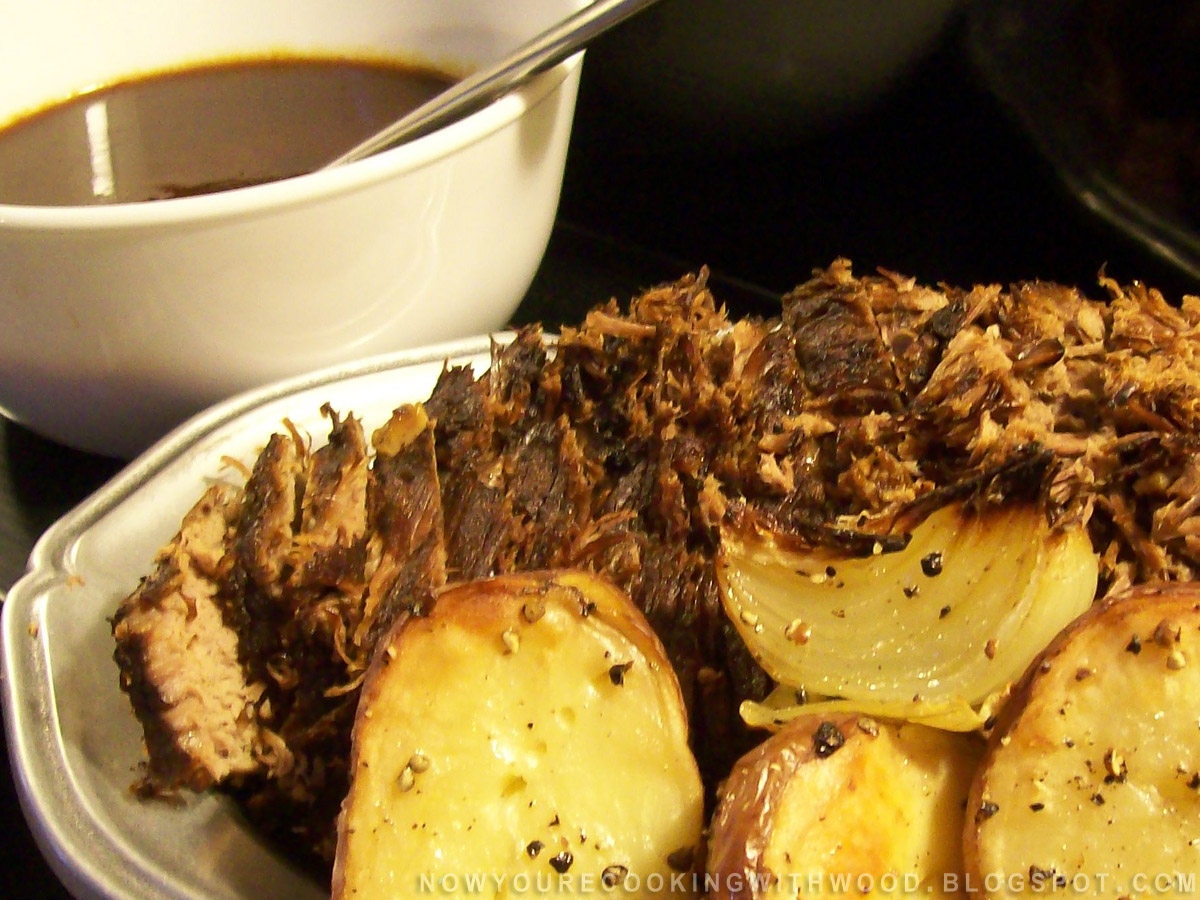
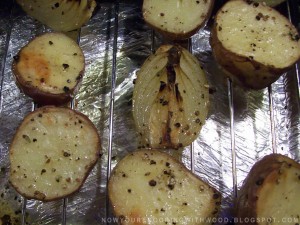
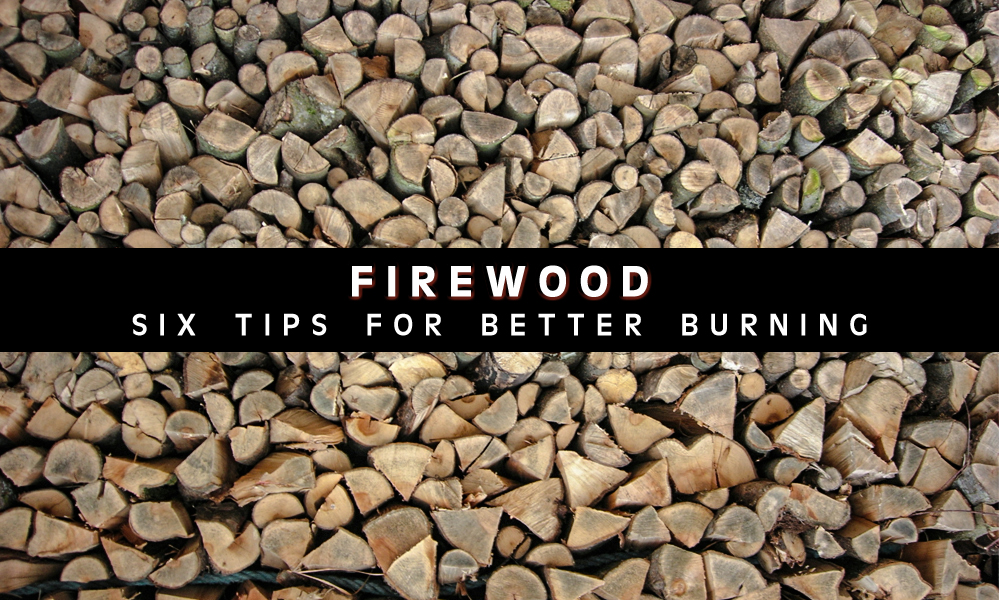
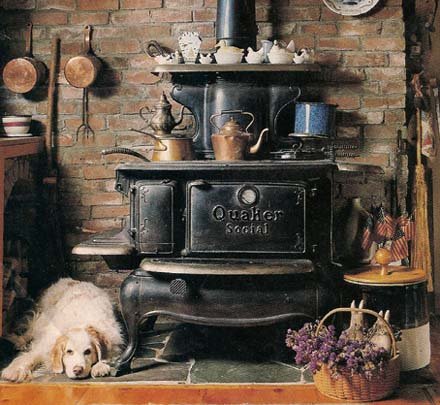
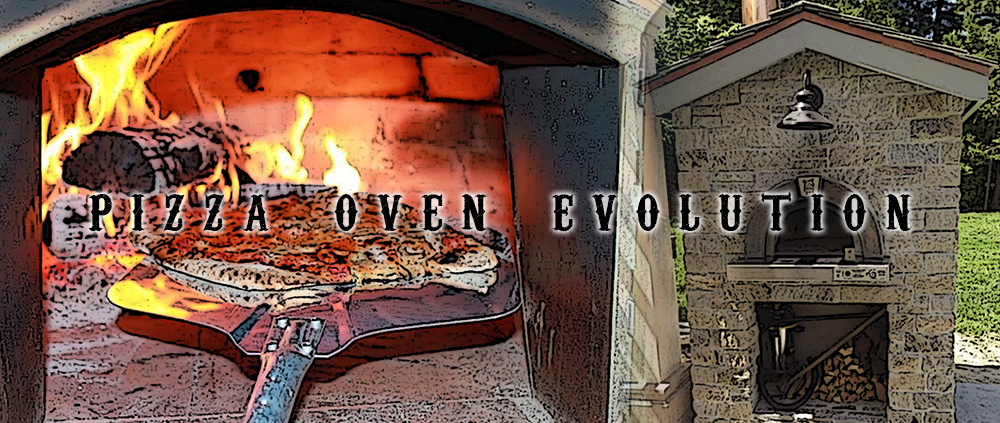
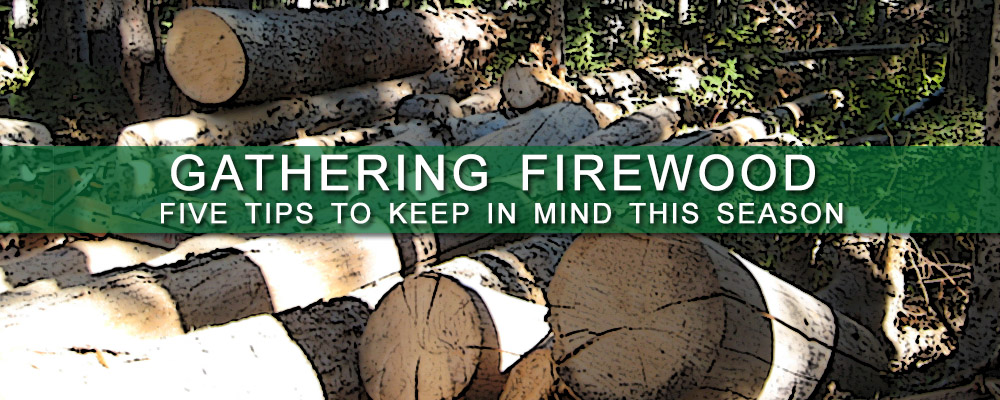

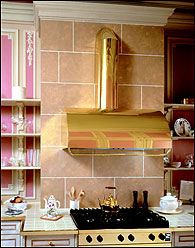
“Select a pot big enough for the roast, one that can be used both on the stovetop and in the oven.”
This brings up a question. Can you safely use a pyrex glass roasting dish on the cooler indirect parts of the cooktop?
I wouldn’t try pyrex. Any of my past attempts of pyrex on a stove top have all resulted in shattered glass all over the place while whatever I had been attempting to no longer exist or be saved in any way. No matter the temperature or even starting at room temp. and bringing the heat and the pyrex temperature up together gradually. NO.